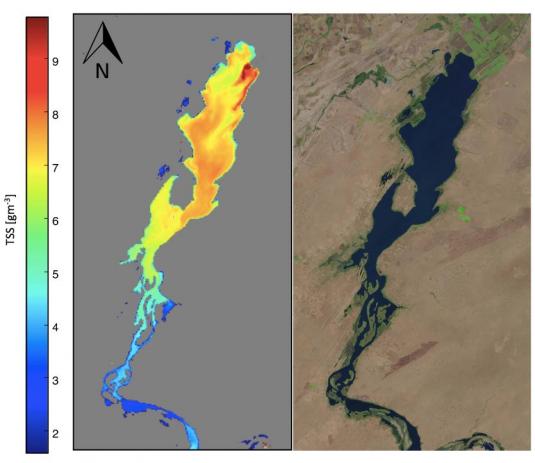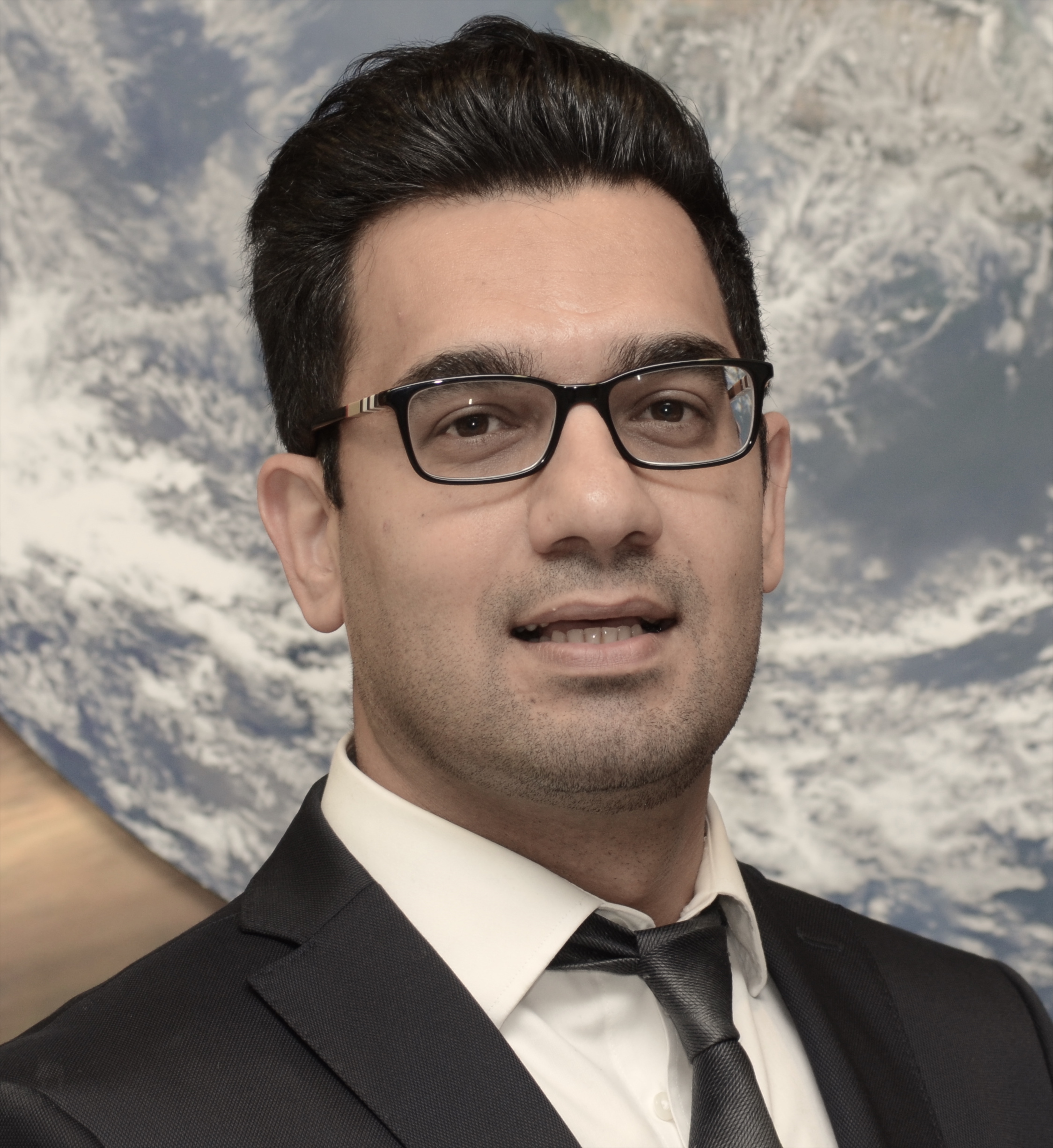Nima Pahlevan, UMD’s adjunct research professor based at NASA Goddard Space Flight Center employed by Science Systems and Applications Inc. (SSAI), had a successful proposal submitted to the Landsat Science Team led by USGS-NASA for the 2018-2023 period. The proposal titled “Landsat-Sentinel-2 constellation for monitoring aquatic systems across the United States” promotes the utility of Landsat-Sentinel-2 data products in decision-making for water-quality managements. The proposal seeks to a) improve atmospheric correction, b) develop methodologies for consistent retrievals of total suspended sediments (TSS) from heritage Landsat missions (Landsat-5 & -7) as well as Landsat-8 and Sentinel-2 missions, and c) contribute to the science/engineering trade analyses for future Landsat missions (Landsat-10 and 11).
Pahlevan’s team will work with the USGS Earth Resources Observation and Science (EROS) to adopt and disseminate aquatic science products for the scientific community. These products will enable scientists to better understand how watershed dynamics and climate-change signals (e.g., drought) influence water quality in inland and nearshore coastal areas. Through interactions with the aquatic remote-sensing community, the team will contribute to creating uncertainty products for existing Landsat/Sentinel-2 products and developing requirements for future generations of Landsat.

Landsat-derived concentration of Total Suspended Solids, TSS, (left) of Lake Guiers in Senegal. The warmer colors indicate more turbid waters. The highest TSS concentrations are associated with areas where water flows into the lake from the Senegal River. The true-color image (acquired Jan 21, 2014) is shown to the right.


